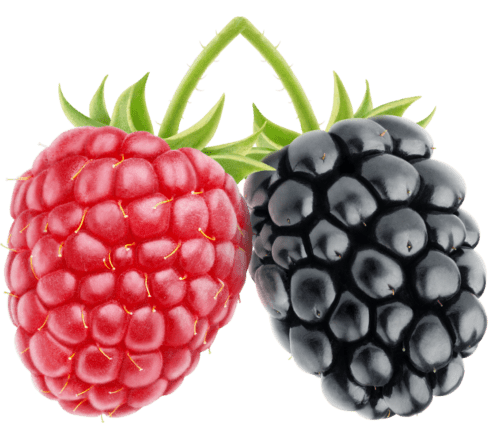Enhanced IPM of Rose Stem Girdler, an Emerging Pest of Pacific Northwest Caneberries
Rose stem girdler (RSG) is an invasive beetle pest of caneberry crops that is becoming increasingly problematic for Pacific Northwest (PNW) growers. It has progressively become naturalized throughout the northern Willamette Valley northward to the south Puget Sound region throughout the 2000s-present due to abundant wild bramble hosts. Grower reports of damage to crops has been variable, but with incidental claims of up to ~70% crop loss in a given year due to cane girdling by the beetle’s larvae. Control has been difficult and inefficient due to narrow windows of time for effective control (after adults emerge from canes, but before egg-laying begins 7 days later), and the lack of region-specific information to predict emergence and longevity of egg-laying activity. Our project objectives were: 1) to refine determinants of risk to PNW caneberry plantings from RSG through coordinated regional pest surveys, 2) to develop an enhanced integrated pest management (IPM) program with refined information on RSG detection methods, life cycle, and development of a pest management prediction model, and 3) to investigate biocontrol potential of a parasitoid wasp that may mitigate RSG’s viability and play a role in future IPM programs.




